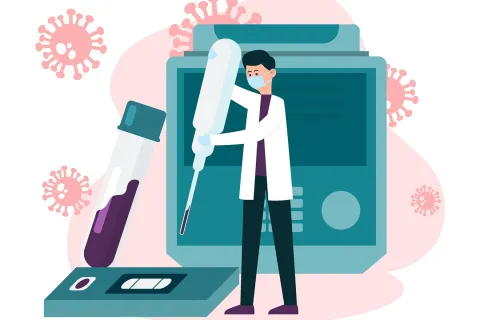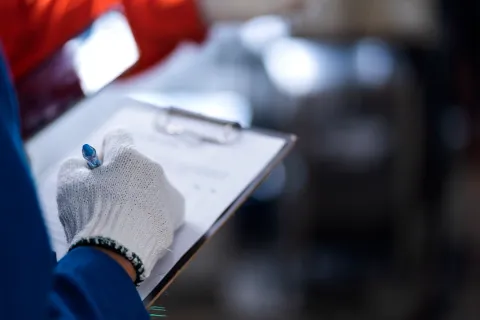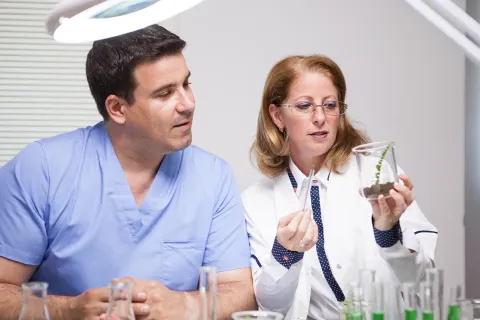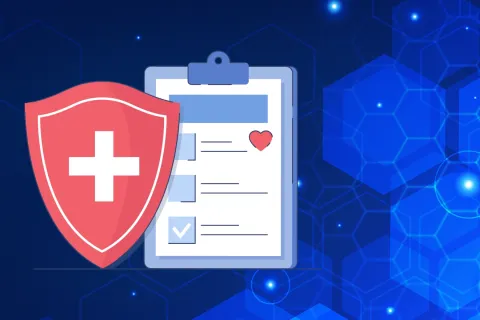The world of life sciences moves at a rapid pace. Breakthrough discoveries in gene editing, personalized medicine, and medical devices are constantly pushing the boundaries of healthcare. However, this relentless innovation can create bottlenecks in the regulatory approval process, particularly surrounding artwork management for product labeling and packaging. Here's where real-time collaboration emerges as a game-changer, streamlining communication and ensuring timely approvals.
The Bottlenecks of Traditional Artwork Management:
Traditionally, artwork management for regulatory submissions often involves a complex web of emails, phone calls, and paper-based revisions. Imagine a scenario where a designer modifies a product label, sends it via email for review, waits for feedback, makes changes, and repeats the cycle – a time-consuming and error-prone process. Here's how this traditional approach creates bottlenecks:
- Slow communication cycles: Emails and phone calls can lead to delays in feedback and revisions, extending timelines.
- Version control chaos: Multiple versions of artwork floating around can confuse and increase the risk of using the wrong version for submission.
- Limited visibility: Stakeholders lack real-time visibility into the progress of approvals, hindering collaboration and hindering proactive issue resolution.
- Inefficient use of resources: Valuable time and resources are wasted on repetitive tasks like sending emails and chasing approvals.
Real-Time Collaboration:
Real-time collaboration platforms for artwork management revolutionize this process. Imagine a central hub where designers, regulatory specialists, and reviewers can access, edit, and comment on artwork simultaneously. This fosters a more streamlined and efficient approach:
- Centralized platform: All artwork files, revisions, and communication threads are housed in a single, secure location, eliminating version control issues and improving transparency.
- Instant feedback: Stakeholders can provide feedback and suggest revisions in real time, accelerating the approval process.
- Enhanced visibility: Everyone involved has a clear view of progress, allowing for proactive problem-solving and bottleneck identification.
- Improved communication: Real-time communication channels facilitate discussions and clear up any confusion before it delays the process.
The Additional Benefits of Real-Time Collaboration
The advantages of real-time collaboration extend far beyond simply saving time. Here are some additional benefits:
- Reduced errors: Clear communication and real-time feedback minimize the risk of errors and omissions in artwork.
- Faster time-to-market: Streamlined processes get products to market quicker, allowing companies to capitalize on new opportunities.
- Improved compliance: Real-time collaboration with regulatory experts ensures artwork adheres to all relevant guidelines.
- Enhanced stakeholder engagement: Everyone involved feels invested in the process, fostering a collaborative spirit.
The world of life sciences thrives on innovation, but it also demands meticulous compliance. Real-time collaboration platforms for artwork management offer the perfect marriage of these two crucial elements. By fostering seamless communication and fostering a collaborative spirit, companies can ensure timely regulatory approvals, get life-saving treatments to patients faster, and ultimately achieve lasting success. At Freyr, we understand the critical role of real-time collaboration in efficient artwork management for regulatory submissions. We offer a comprehensive suite of regulatory services. By partnering with Freyr, you can leverage the power of real-time collaboration to streamline communication, minimize errors, and accelerate your regulatory approvals.
Author: Nirupama Parate










